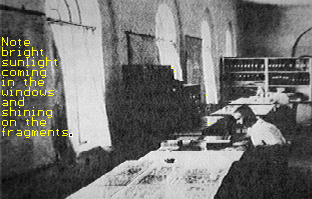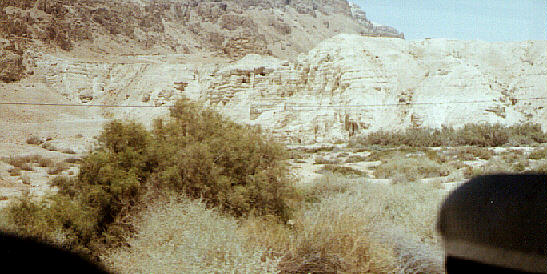
2: THE QUMRAN DISCOVERIES

The DSS discoveries began in 1947 when a Bedouin shepherd looking for a lost animal found some documents in a cave.
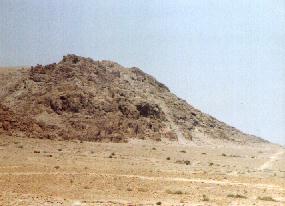
In 1949 the location was discovered to be at caves above the ruins of Qumran, on the NW shore of the Dead Sea.
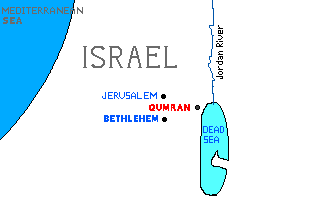 _
_ 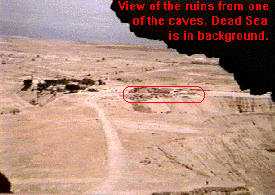
From 1951-1956 the ruins were excavated, and 10 more caves were discovered.
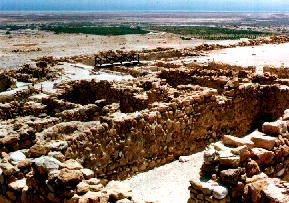 _
_ 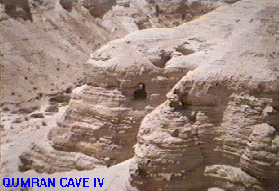
Texts were also found at locations further south along the Dead Sea, which are often classified as Dead Sea Scrolls.
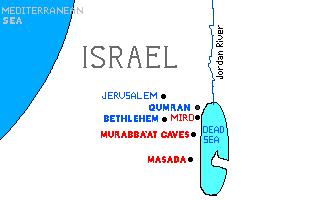
In 1953 an international committee was formed to oversee scroll publication. A few of the documents were published immediately, the slow pace of publication.
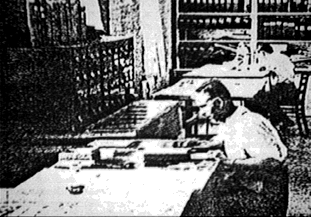
The breakthroughs occurred in 1991. First, a couple of scholars used a concordance to the Qumran materials, and with the aid of a computer, attempted to reconstruct the texts. Within a short time, though, the Huntington library in California made its microfilm copies of the DSS available to scholars to examine. They then made 52 copies available to various organizations around the country.
About this same time the Biblical Archaeological Society obtained 1,775 photographs (duplicating many in the microfilm) of DSS texts, which they published in book form.
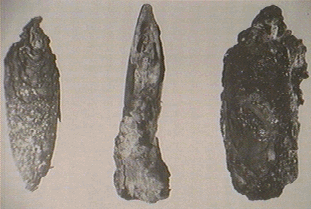
Almost all of the photos were taken with infrared film. This brought out many characters which were difficult or impossible to read otherwise.
Here are two photos of the same text. The first photo is NOT infrared, and the second one was taken with infrared film. Notice the clarity of the second one.
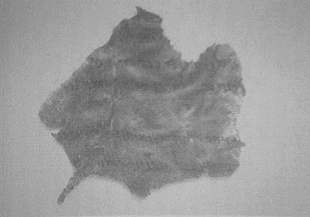 _
_ 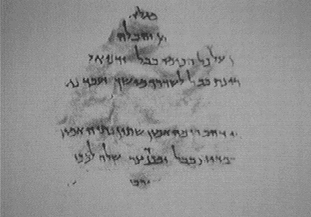
After much pressure, the Israeli Antiquities Authority decided to publish about 6,000 photographs on microfiche, which became available in the middle of 1993. With these moves the monopoly on the Dead Sea Scrolls ended.
Unfortunately, the scrolls were not always cared for extremely well; for this reason the photographs are sometimes in better condition than the originals. Also, a number of scrolls were damaged in a bank vault in Jordan, where they absorbed moisture and turned, in effect, to glue. In recent years, though, efforts have been made to preserve the scrolls. In the next picture, notice the sun coming in the windows where work is being done. Ever leave a newspaper in your car window?
